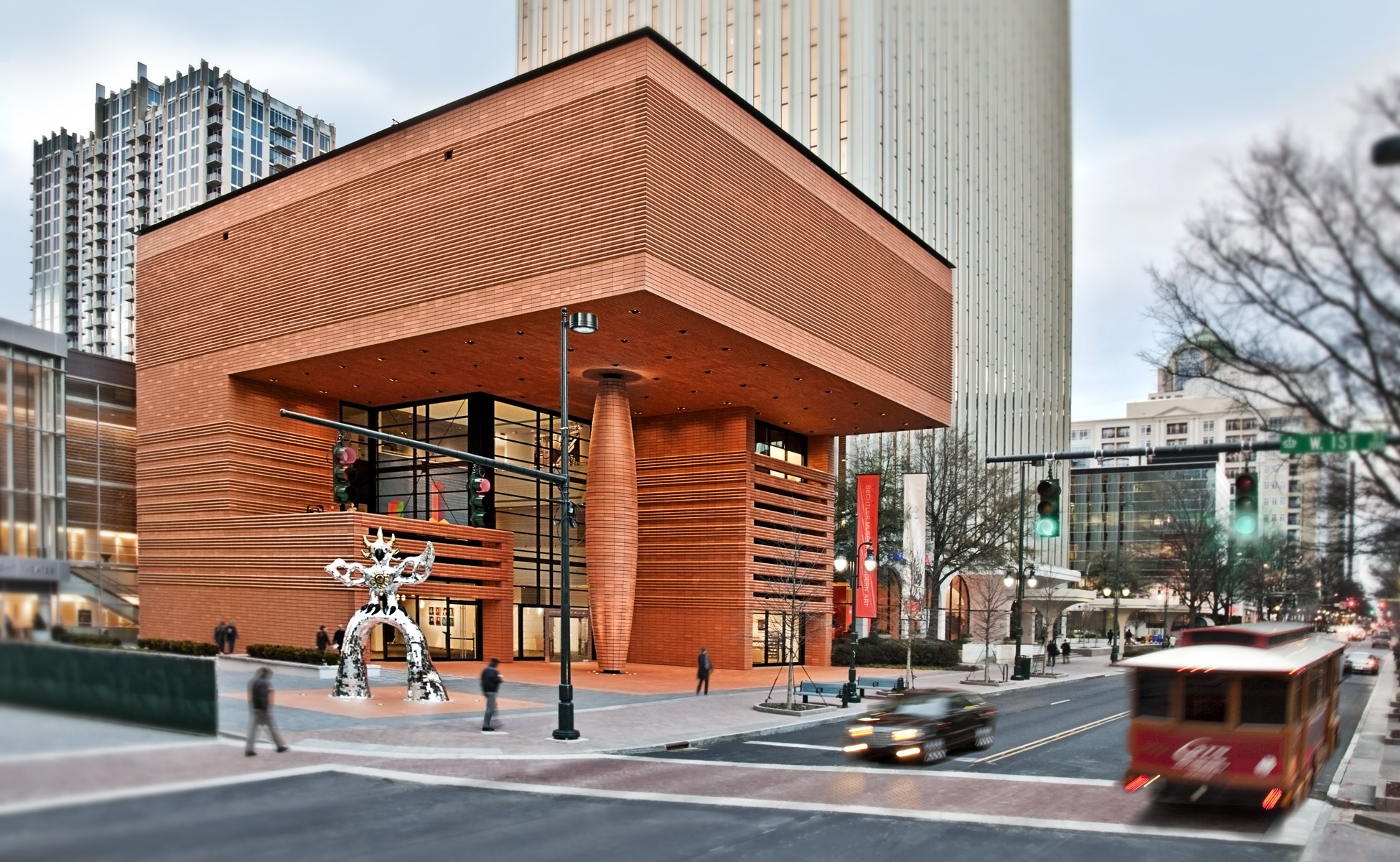At noon today, Johns Hopkins Hospital in Baltimore will dedicate a series of gardens designed by OLIN for their function and their power of healing.
“We had to figure out a visually strong circulation system for patient drop-off and pick-up – a place for emergencies, where people are anxious,” says Susan Weiler, partner at OLIN. “And It’s all meant to be seen from above, for people who are there long-term.”
The gardens connect the adult and children’s hospitals, and the circulation pattern allowed the landscape architects to keep one-third of the enormous football-field-sized site for courtyard gardens. The sea of gardens is visible from the hospital lobby, and it’s open to the public as well.
Three western courtyard gardens offer different experiences through varying forms, shapes, fragrances, colors and sounds. The auditory characteristics of plantings in the entrance garden mitigate the sound of local traffic, by utilizing plants such as witch-hazels, which pop flower casings in the fall, or moneyplant and Japanese snowbell, whose dried fruits and loose leaves rattle against each other.
The gardens’ visual strength was inspired by the glass patterns in the new Perkins + Will clinical building, with its frit patterns by Brooklyn artist Spencer Finch, designed to dissipate light. “We extracted the modulation in the color patterns into the plants,” Weiler says. “We used the greens, pinks, purples, yellows, blues and violets wherever we could.”
A paving palette of bluestone, brick, quartzite and granite provides visual continuity to both vehicular and garden spaces.
“There’s a visual calmness, a serenity but a stimulus, from the aerial view,” she says. “To see the gardens from above gives off an ameliorating effect on people’s well-being – you could call it all a healing garden.”
And who in a hospital wouldn’t want that?
For more on OLIN, go to http://www.theolinstudio.com/
[slideshow id=629]

